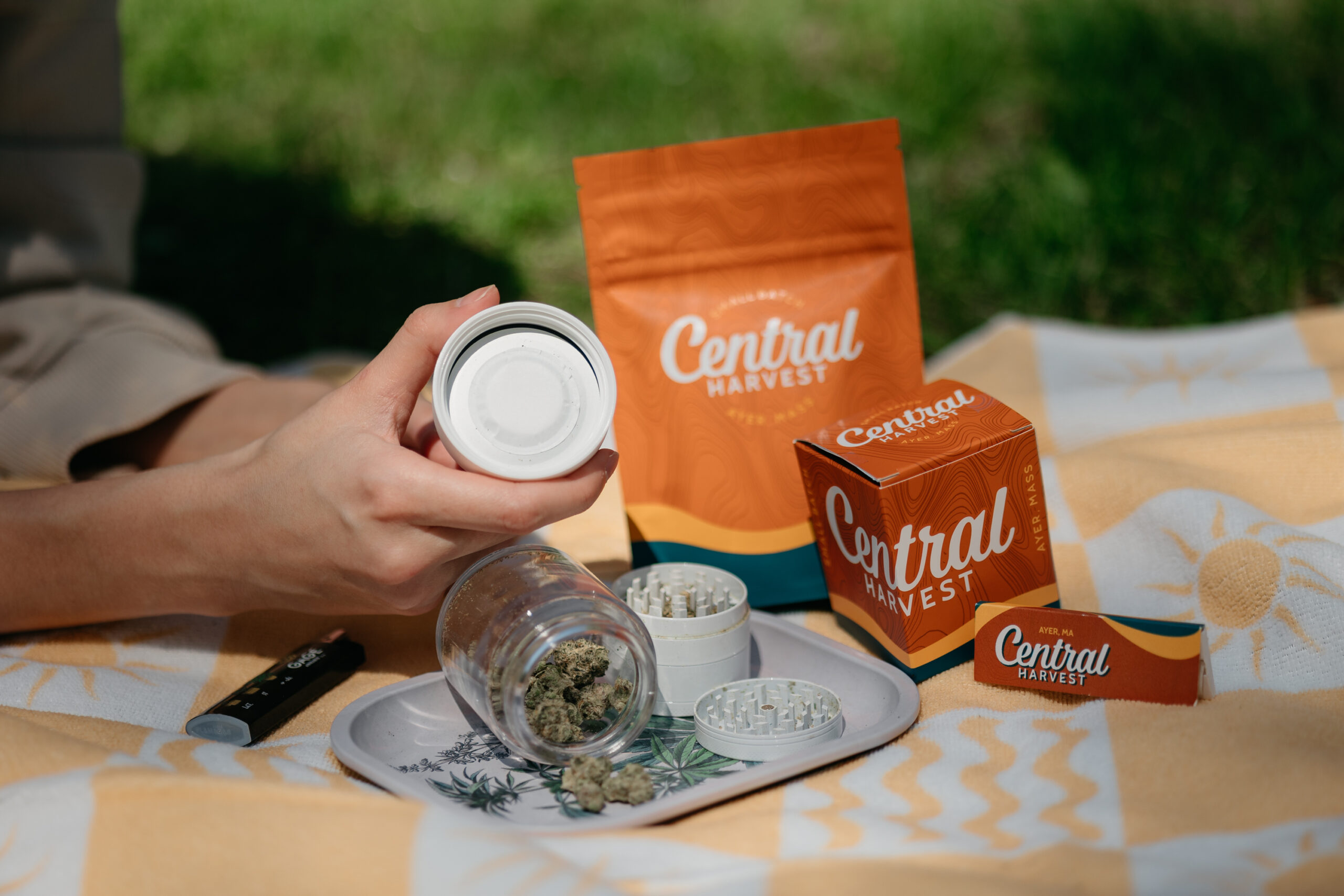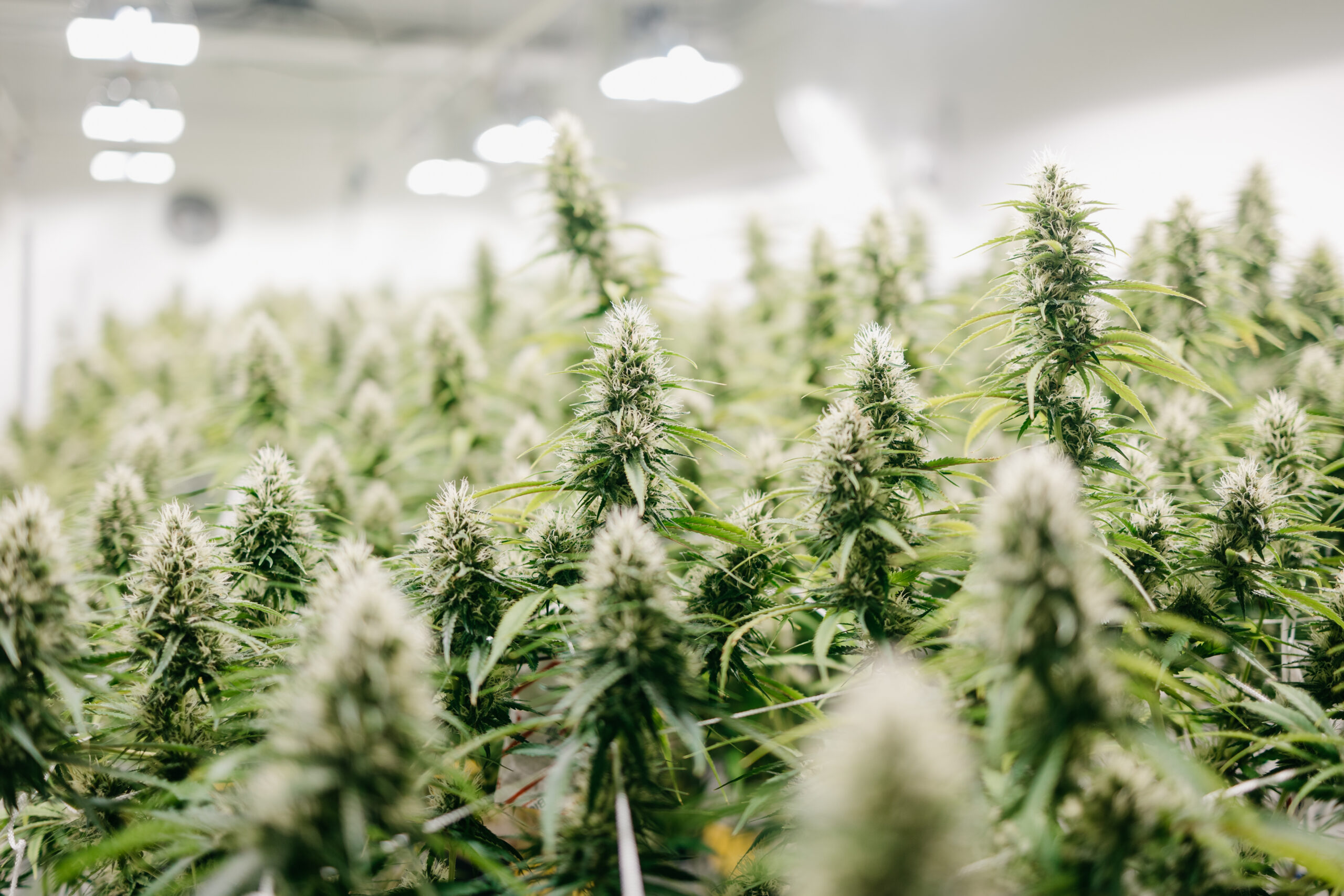Author: Autumn Lopez
Think You Know What Soil Is? Think Again!
With the rise of legal cannabis cultivation facilities across the state, many cultivators have turned to disposable substrates and artificial fertilizers to produce their cannabis at scale. While these production methods excel at growing high-yielding crops and increasing returns, some boutique cultivations are turning to organic living soil to create small-batch craft cannabis. We sat down with Tower Three, an industry leader in living soil cultivation, to discuss their plant-first approach to cannabis production.

What Is Living Soil?
What's Up With Non-Living Soil?
Many cannabis cultivators grow their plants in a non-soil medium, like coconut coir, rockwool, and other substrates, using hydroponic techniques and synthetic fertilizer to provide plants with the necessary nutrients. These synthetic fertilizers are largely nitrogen-based and lack the breadth of nutrients, like phosphorus, sulfur, potassium, zinc, iron, and others, available in living soil.
“Many ingredients in these fertilizers are sourced from byproducts of metal manufacturing and industrial waste and are then recomposed into fertilizer,” explains James, head of cultivation at Tower Three. While these chemicals may artificially accelerate and accentuate the growth of cannabis plants, an imbalanced diet makes them susceptible to disease and can impact the quality of the bud. “That’s why many plants look great and test well but have no flavor,” James says. “It doesn’t make the product taste better.”
How Does Living Soil Help?
- Reduce Waste: While many cultivators using synthetic fertilizers dispose of their soil on a regular basis, living soil can be used indefinitely. “If you manage living soil correctly, you can maintain it forever,” explains James. “You may have to add things over time, like compost and minerals, but you can use your soil in perpetuity. That’s the future of cannabis farming, especially boutique farming.”
- Conserve Water: The organic matter in living soil plays a key role in storing and delivering water to the plants. “Organic matter causes soil to form stable soil aggregates, or crumbs…which allows the entire soil profile to take in and hold more water…” says NRCS Soil Health Division Director Dr. Bianca Mebius-Clune. This stable foundation, combined with cover crops and companion plants grown alongside cannabis, helps reduce the inputs needed to grow healthy plants.
- Improves Flavor: When it comes to flavorful bud, it starts from the ground up. “Having living soil, the plant is given a broader variety of inputs and nutrients,” explains James, “Because of that, the plants produce a fuller expression [of flavor characteristics] when compared to a plant grown with artificial inputs.” The biological diversity cultivated in living soil mimics a natural growing environment, producing high-quality cannabis plants with nuanced aromatic and flavor profiles.
- Locally Sourced: When it comes to quality boutique cannabis, cultivating a thriving local business community is at the heart of Tower Three’s mission. Their soil is locally mixed in Maine with natural inputs from New England’s environment, and their compost, used to enrich the soil, is sourced in Vermont. Utilizing local inputs creates strong partnerships with other East Coast businesses and infuses their cannabis products with organic elements from right here at home!
Living soil emerges not just as an environmentally conscious approach but also as a gateway to elevated sensory experiences for cannabis aficionados. For those seeking an authentic, flavorful journey in the world of cannabis, the transformative potential of living soil cannot be overstated. If you’re itching to try products grown in living soil, we’ve got you covered. Check out our menu to explore some amazing Tower Three products we have on deck.




